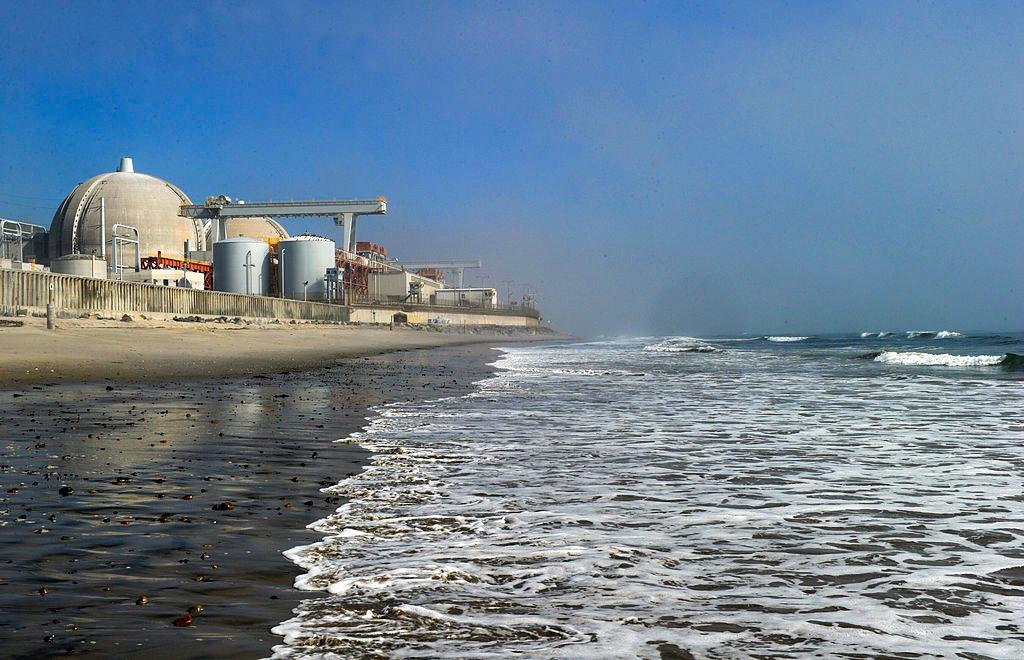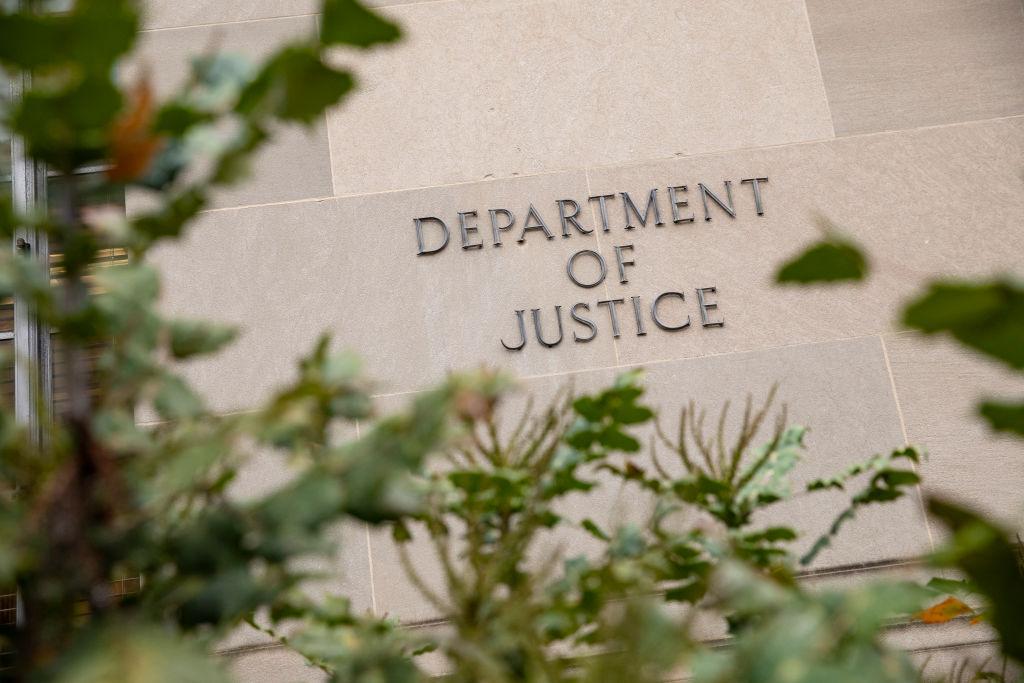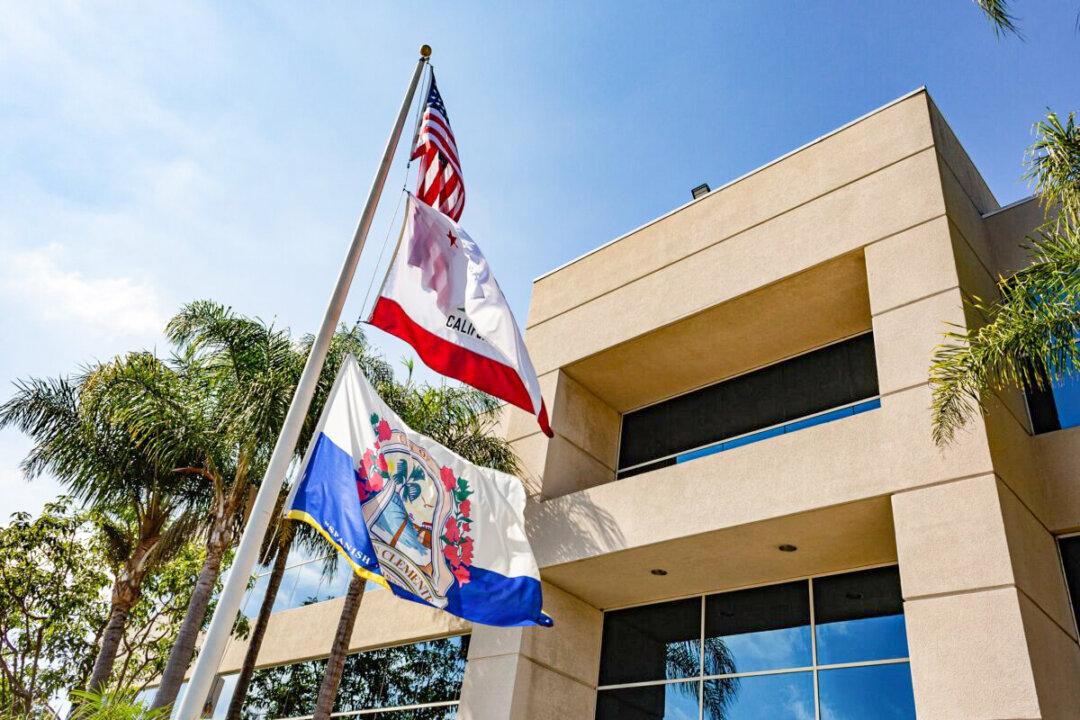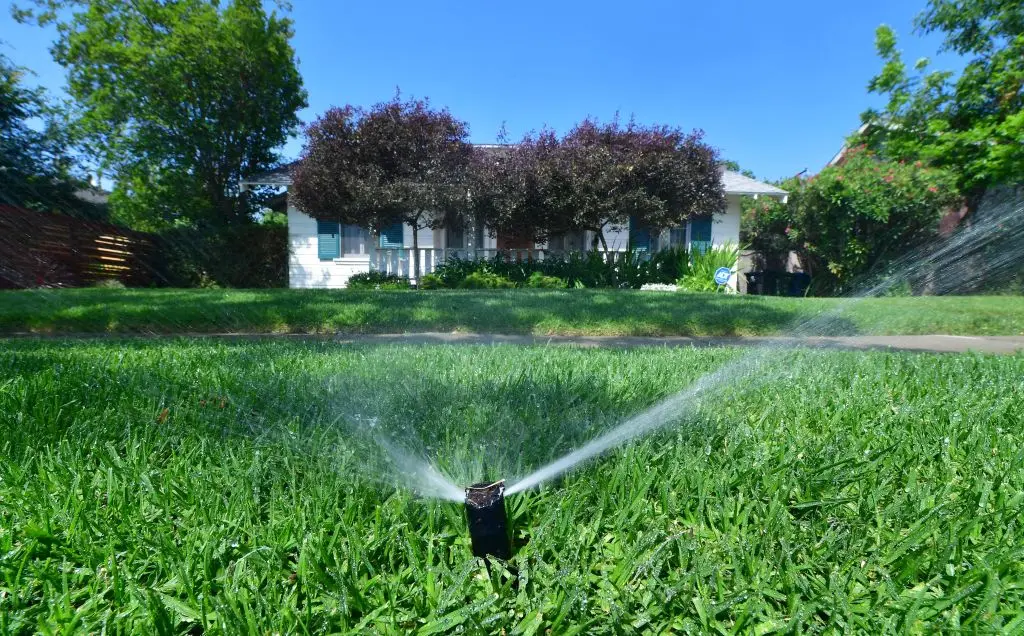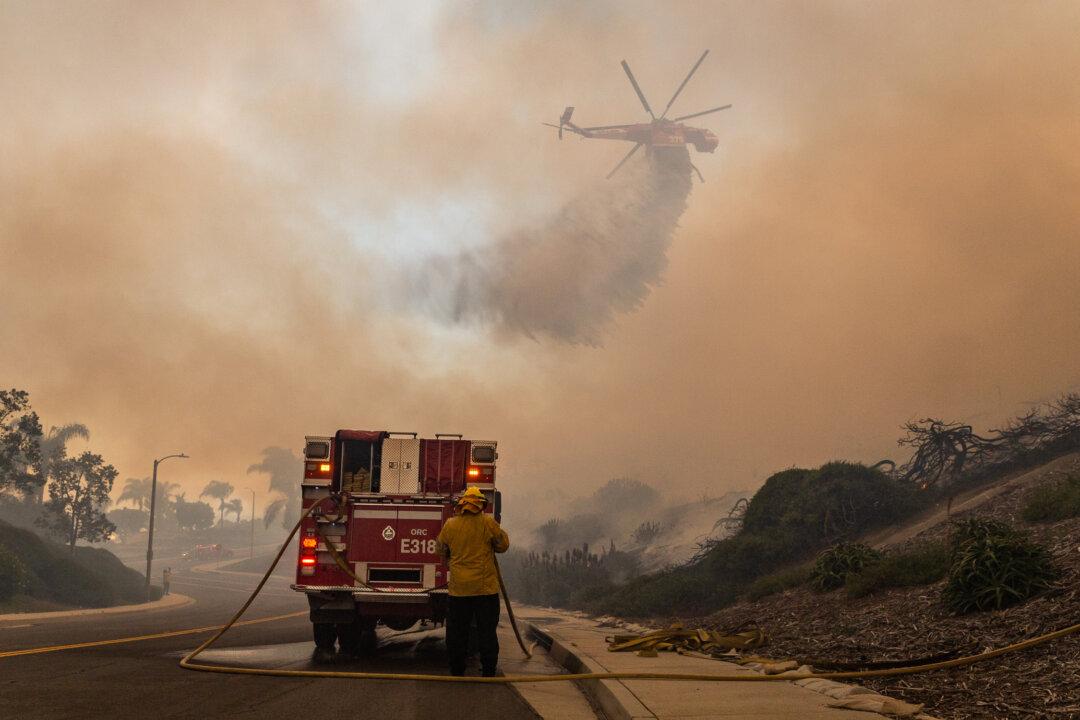SAN CLEMENTE, Calif.—San Clemente city officials are pressuring the U.S. Department of Energy to remove over 3.6 million pounds of spent nuclear fuel from the permanently retired San Onofre nuclear power plant nearby.
“We don’t consent to having it here,” Mayor Pro Tem Chris Duncan said during a March 15 council meeting. “We can’t force them [the Department of Energy] to take it away, but we can go on the record and say, ‘we’re not happy with this. Move the process along, and find a community willing to consent to taking it, and move expeditiously.’”
